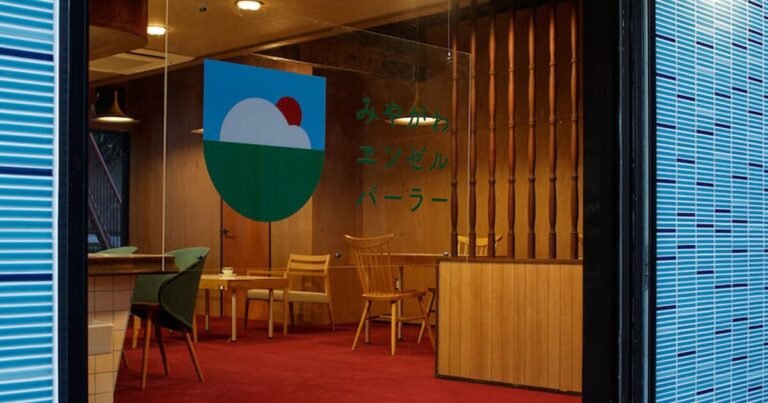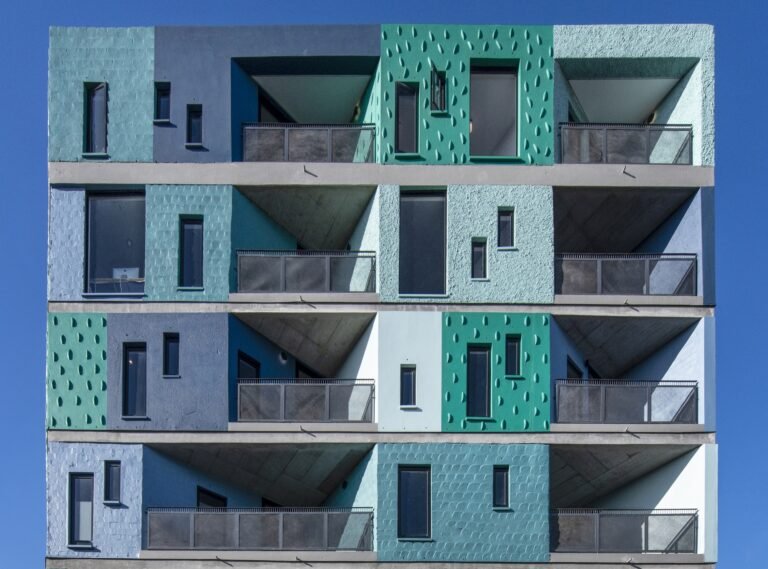This Is What Chinatown Looks Like in the 21st Century
A world of its own to New York tourists and locals alike, Chinatown holds a singular experience for its thousands of residents—it’s a home away from home. Brought to life by its flavors, languages, and stories, the historically layered culture perseveres, even as everything around it changes. One of Manhattan’s largest immigrant communities, Chinatown began on Mott and Pell streets in the mid-1800s. As racial animus grew in western states during the Industrial Revolution, it became a sanctuary for the Chinese American immigrant community (which was predominantly male due to anti-immigration laws targeting Chinese women). The population was largely from southern China, setting the groundwork for the Cantonese cuisine and languages that are most dominant today. Following the Immigration and Nationality Act of 1965, which overturned the de facto immigration quota system in an attempt to abolish origin-based discrimination, the influx of Chinese immigration and diaspora boomed and diversified into the thriving ethnic enclave it is today.
Amidst the changing cityscape and recent xenophobia in the wake of the COVID-19 pandemic, Chinatown continues to uphold its culture as New York’s social and economic epicenter for the Chinese community. It serves as creative inspiration for its locals; from New York Fashion Week mainstay Sandy Liang—whose work is inspired by her upbringing in Chinatown and, more specifically, her dad’s restaurant, Congee Village—to Mei Lum, Wing on Wo and Co.’s artist in residence who creates immersive art through thangka, a traditional Tibetan fabric scroll. Though the 155 bilingual street names—handwritten by local calligrapher Tan Binggzhong (譚炳忠)—have shrunk to half the amount and 出租 (For Rent) signs grow increasingly pervasive on tenement façades, Chinatown’s ethos continues to prosper. In fact, it houses the largest population of Chinese people in the Western hemisphere, with an estimated 80,000 to 150,000 people.
The photographer Thomas Holton’s intimate series and book, The Lams of Ludlow Street, narrates one Chinese American family’s story in Chinatown over the past two decades. The critically acclaimed series follows the lives of the five-person family, starting at their 300-square-foot apartment on Ludlow Street. Even though Holton, who is of Chinese descent, grew up with family in Chinatown, he always felt a disconnection due to the language barrier, which motivated him to investigate his community through his own work. “I photographed mostly the street scenes—the guy selling the fish on Mott Street, the merchandise stores, all that stuff anyone can see,” he says. “But I would look up and see apartments; I wanted to get behind closed doors because that’s where life was happening.”
Initially introduced to the Lams through a Chinatown housing advocate, the photographer developed a familial bond with Shirley, Steven, and their three children. Holton recalls the family’s weekly hobbies, customs, and rituals that he became a part of: buying pork buns and sweet sesame buns on the corner of Grand Street, watching Chinese soap operas while setting the table, and picking up the kids from PS184M Shuang Wen, the only dual-language school in the city.
“As a photographer, I used to look up at these old tenement buildings and want to see the lives inside,” he explains. “In those five- or six-story walk-ups, there would be 10 people over a hot pot.” While the photo series was initially born out of his urge to investigate his family’s culture, it grew into a lesson about family itself, as well as the familial values central to Chinese culture. “It’s much less about the material stuff; the leaky pipes, the tenement buildings, small apartments, whatever people see when they think ‘Chinatown apartment,’” he says. “Their experience isn’t everyone’s experience in Chinatown. The project isn’t about this family in a tiny apartment; it’s a document of one Chinese American family doing the best they can for themselves and their children. Life isn’t easily scripted: they went through a divorce; the kids have moved out and in; they go through ups and downs, just like we all do.”



